Curated stories of home and away mingle with special focuses on Warhol, women and watercolours.
There are only 36 officially recognised Vermeers in the world, and one of them will be headed to Sydney next year as part of the Art Gallery of NSW’s summer blockbuster, Rembrandt and the Dutch golden age. The collaboration with the Amsterdam’s legendary Rijksmuseum will see seven Rembrandt paintings, including the haunting Self Portrait as the Apostle Paul, and a dozen rarely shown etchings by the great Dutch artist join works by Hals, de Heem, de Hooch and Ruisdael in an exhibition shedding light on all aspects of what was one of the richest nations in the 17th century.
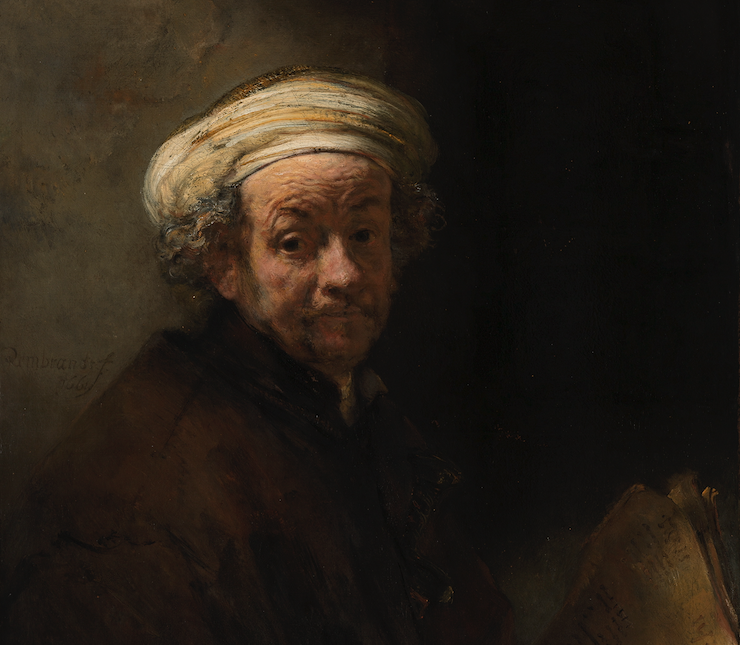 Rembrandt’s Self-portrait as the Apostle Paul, 1661
Rembrandt’s Self-portrait as the Apostle Paul, 1661
Many of the 77 masterworks will be borrowed from the Rijksmuseum’s Hall of Honour, the room that leads visitors on towards the iconic Night Watch. In a time of enormous prosperity – don’t forget Tulipmania when a single bulb went for the price of a house – what the Dutch valued they painted, so expect to see portraits, seascapes, landscapes, still life and interior scenes, not the least of which will be Vermeer’s Woman in Blue reading a letter. The painting’s intense stillness and concentration was described as typifying the artist’s way of capturing the way inconsequential moments go on for eternity.
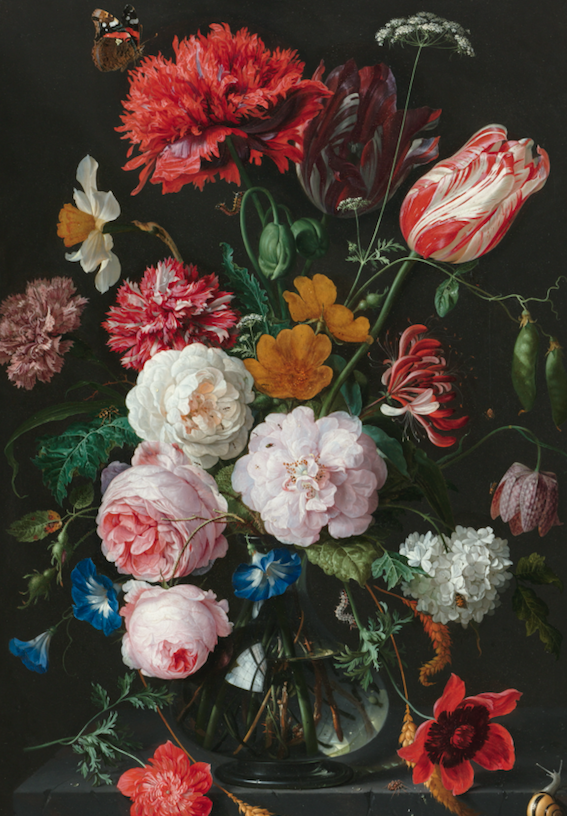 de Heem, Still Life with Flowers in a glass vase, 1650
de Heem, Still Life with Flowers in a glass vase, 1650
Among the other highlights of an action packed year, the Gallery will present special focuses on its own substantial collection of Victorian through to contemporary art, American creatives with O’Keefe, Mapplethorpe and Warhol all featured, women (both at home and abroad), and, of course, the usual bunfight that will be the 96th Archibald Prize. Special exhibitions focusing on families with children, on Japan, and on contemporary figurative painters will also feature.
One of the more unusual exhibitions promises to be Victorian watercolours. Susceptible to light, these works formed the basis of the Gallery’s collection from the 1870s onwards, but most have been hidden away for their own good for years. Now, thanks to a substantial restoration project, they will be shown in the rooms for which they were originally purchased in the Gallery’s Old Court. Contrary to popular misconceptions that watercolours are small, occasional works tossed off on river banks, these “exhibition watercolours” are big, bold pieces – some up to 2 metres wide – that were made to compete with oils.
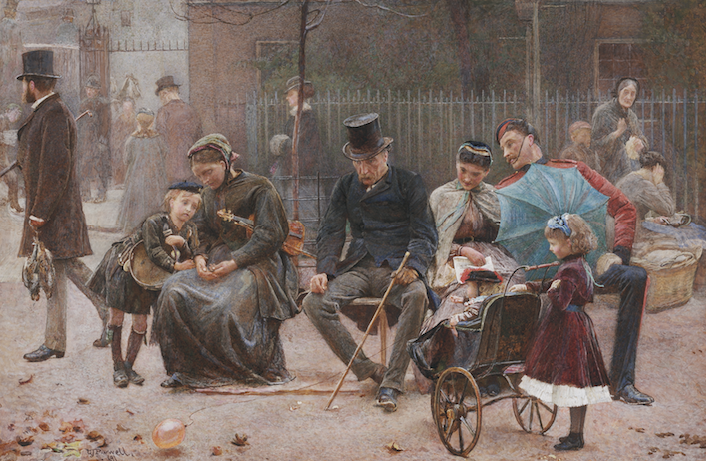
George John Pinwell, A seat in St James’s Park, 1869
The Art Gallery is proud to declare that of their contemporary purchasing programme, 56% of the works are by women. Now, to celebrate the impact of women artists on modern art, the Gallery will present Making modernism. Although living thousands of miles apart, Georgia O’Keefe, Margaret Preston, and Grace Cossington-Smith were linked by their rejection of the past and a quest for new pathways in art. The exhibition will examine how they made their own very different ways through 30 works by each artist, the O’Keefe’s being chosen from the artist’s important museum in Santa Fe.
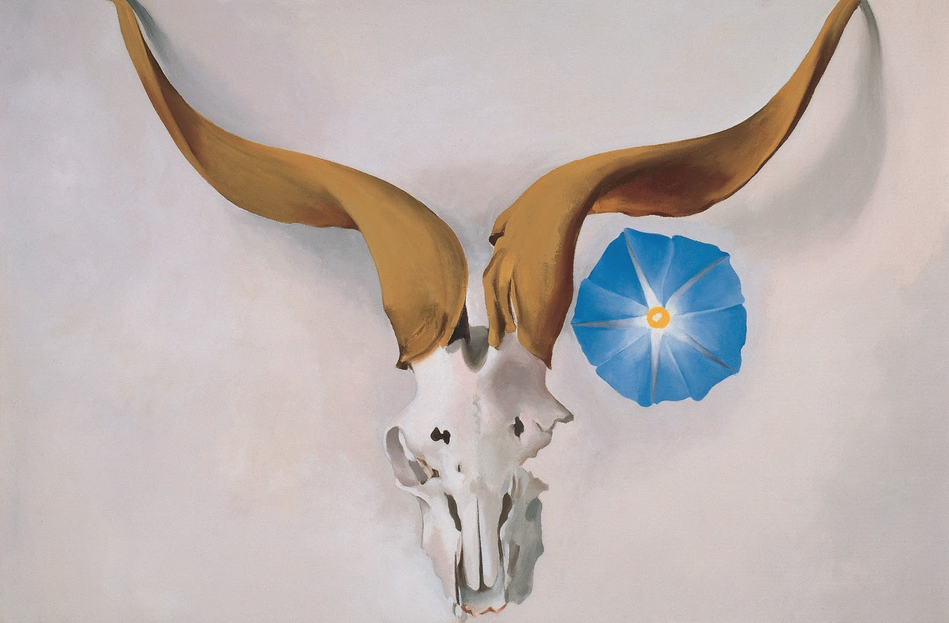 Georgia O’Keefe, Ram’s Head, blue Morning Glory, 1938
Georgia O’Keefe, Ram’s Head, blue Morning Glory, 1938
Two other major American artists will get their own exhibitions: Robert Mapplethorpe and Andy Warhol. In what are being touted as A-list works, Robert Mapplethorpe, the perfect medium will look at the photographer’s impact through portraiture, still life and figurative imagery, whilst taking in his uptown/downtown split personality and impact on the burgeoning New York gay scene. Whether it was figures, fetishes or flowers, Mapplethorpe always had something original to say. Adman, Warhol before pop will look at the rarely examined period before the artist moved to New York from 1949 to the early 1960s. The pre-Madmen era was a time where Warhol was influenced by the likes of Matisse, Cocteau and even Picasso, and explored the boundaries between high and low, and between fine art and commercial art. The exhibition will include designs, paintings and personal ephemera.
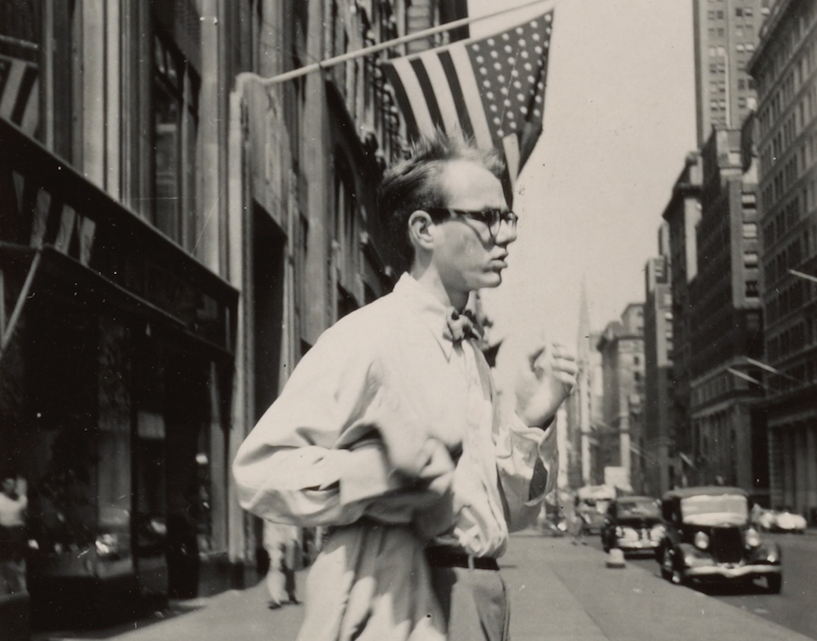
Philip Pearlstein: Andy Warhol in New York City c1949. Archives of American Art. Smithsonian Institution. Used by permission.
Contemporary Australian work too will be re-examined through exhibitions ranging from Brett Whiteley’s works of the 1970s to his fascination with the nude. John Olsen’s major retrospective The you beaut country will move to Sydney from Melbourne, and Our lands will focus on contemporary works that question and provoke discussions about early colonial history, urban life, the land rights movement, and nuclear destruction of Indigenous sacred sites.
With their latest “marquee” exhibition Nude, art from the Tate Collection opening in a couple of week’s time – featuring works like Rodin’s The Kiss, which has never before left Europe – it looks like a busy 12 months ahead for the Art Gallery.












Comments
Log in to join the conversation.